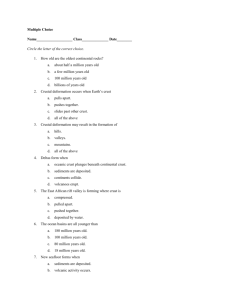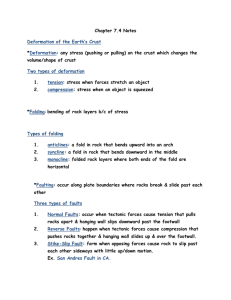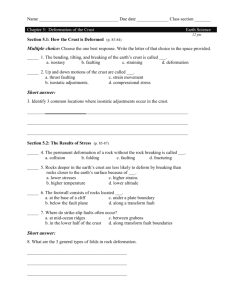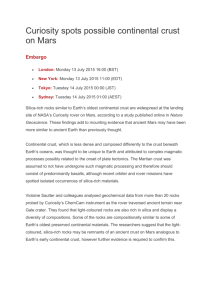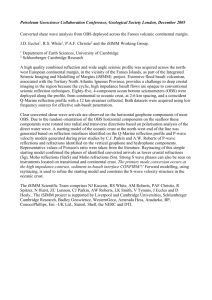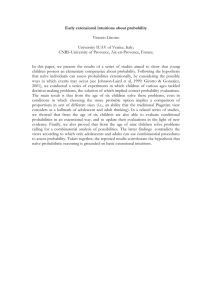Continental extensional tectonics (a review chapter)
advertisement
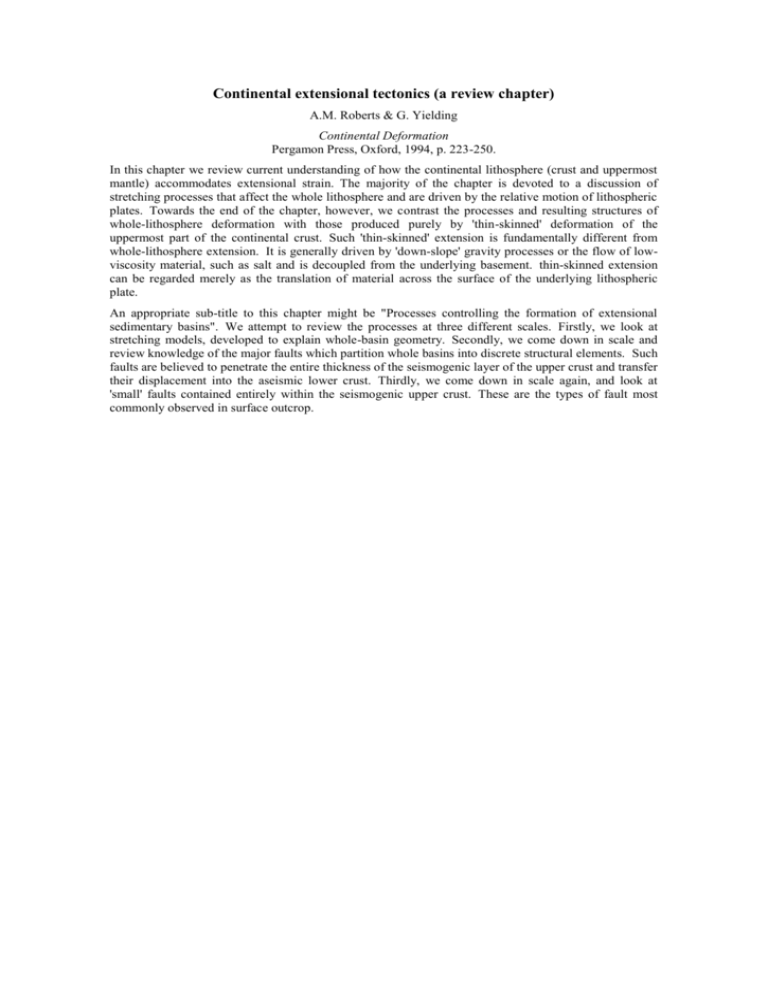
Continental extensional tectonics (a review chapter) A.M. Roberts & G. Yielding Continental Deformation Pergamon Press, Oxford, 1994, p. 223-250. In this chapter we review current understanding of how the continental lithosphere (crust and uppermost mantle) accommodates extensional strain. The majority of the chapter is devoted to a discussion of stretching processes that affect the whole lithosphere and are driven by the relative motion of lithospheric plates. Towards the end of the chapter, however, we contrast the processes and resulting structures of whole-lithosphere deformation with those produced purely by 'thin-skinned' deformation of the uppermost part of the continental crust. Such 'thin-skinned' extension is fundamentally different from whole-lithosphere extension. It is generally driven by 'down-slope' gravity processes or the flow of lowviscosity material, such as salt and is decoupled from the underlying basement. thin-skinned extension can be regarded merely as the translation of material across the surface of the underlying lithospheric plate. An appropriate sub-title to this chapter might be "Processes controlling the formation of extensional sedimentary basins". We attempt to review the processes at three different scales. Firstly, we look at stretching models, developed to explain whole-basin geometry. Secondly, we come down in scale and review knowledge of the major faults which partition whole basins into discrete structural elements. Such faults are believed to penetrate the entire thickness of the seismogenic layer of the upper crust and transfer their displacement into the aseismic lower crust. Thirdly, we come down in scale again, and look at 'small' faults contained entirely within the seismogenic upper crust. These are the types of fault most commonly observed in surface outcrop.

